Robot cells: the complete guide
Most companies across the globe are no stranger to automation in some form or another. However, even with this widespread adoption there are still aspects of automation relatively few companies are utilizing. This blog will discuss one of these “hidden wonders” of automation: robot cells.
What are robot cells?
Robot cells are enclosed workstations that combine one or more industrial robots with various tools and safety measures to create a system that maximizes both efficiency and safety.
Because the workspace is enclosed behind safety barriers and can’t be interacted with during operation, robots inside of the workspace can operate at much faster speeds than otherwise possible.
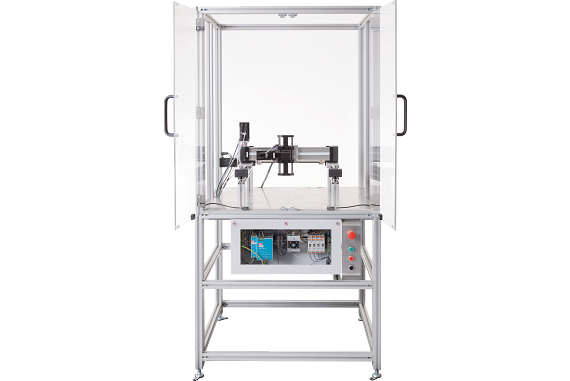
Types of robot cells
All robot cells will fall into one of two groups: fixed robot cells, and flexible robot cells.
- Fixed robot cells: Robot cells which are designed to perform set tasks in a fixed location, with little-to-no room for variations or flexibility. These are best used for high volume production.
- Flexible robot cells: Robot cells that can be easily reprogrammed, reconfigured, or relocated for a variety of tasks, to provide versatility and meet a wider range of production needs.
No matter the type of robot cell used, their core functions and operating principles — maximized safety and efficiency — remain the same.
Parts of a robot cell
There are a few key parts that must be present for a robot cell to work effectively: an industrial robot, a robot controller, and a safety system.
- Industrial robot: There are many different types of industrial robots, but the most commonly used within robot cells are robotic arms, delta robots, gantry robots, and SCARA robots.
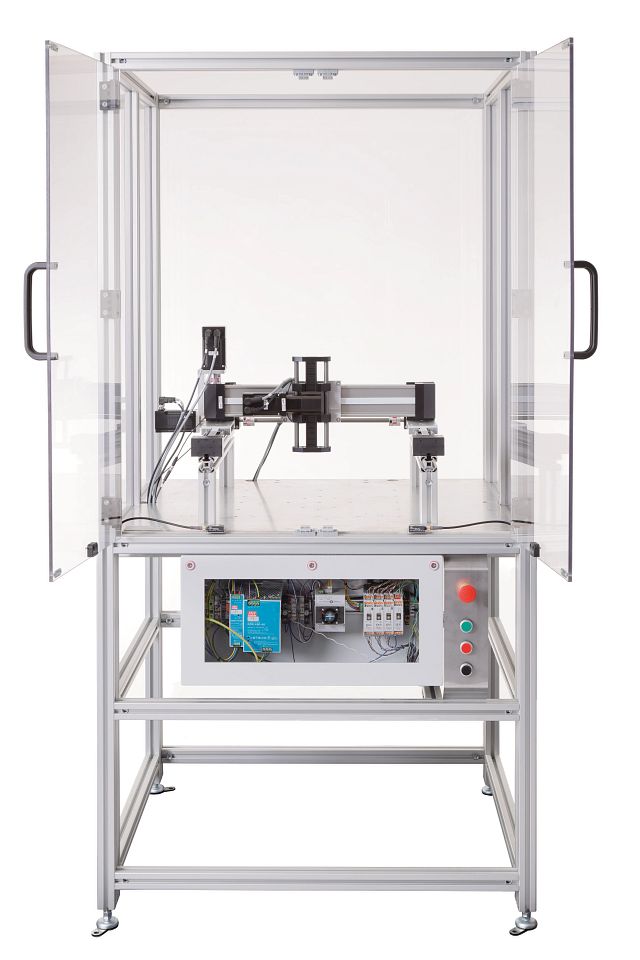
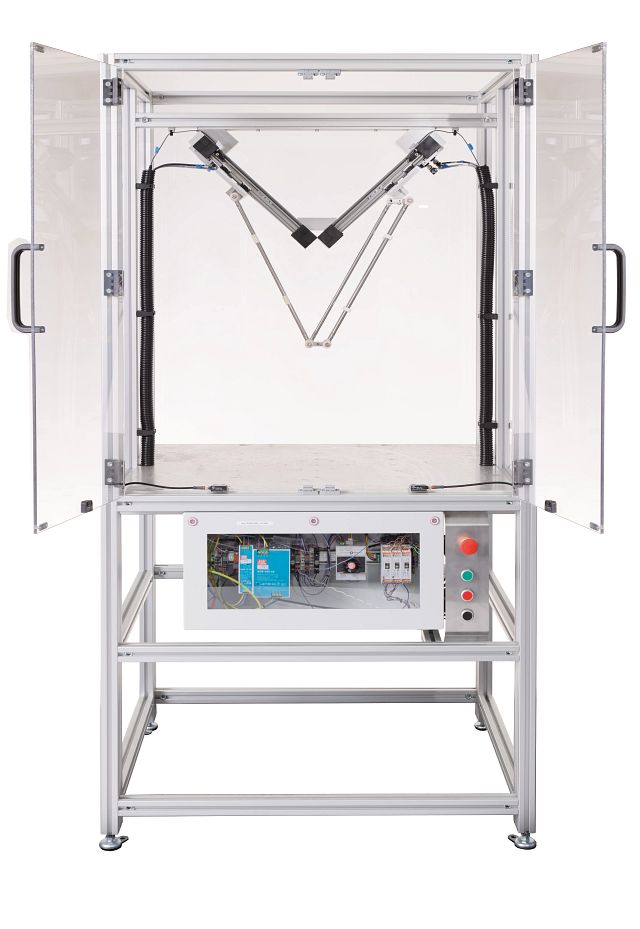
- Robot controller: Necessary in any robotic application, a robot controller is the “brain” of a robot, and is the component that executes code to enable the robot to perform its given task.
- Safety system: A robot cell safety system can either be a physical barrier, like a wall or fence, or a laser system that detects objects as they enter the workspace and automatically shut down the robots within until the area is clear again.
- Additional components/systems: While not strictly necessary, additional accessories or systems like vision systems are frequently used within robot cells to increase their autonomy and minimize the need for human oversight.
Benefits of using robot cells
Along with the standard benefits of automation, robot cells offer further benefits that make them even more effective than standard solutions.
Improved efficiency and productivity
As previously mentioned, a robot cell ensures workers can’t come into contact with the robot(s) during operation, allowing them to move at much higher speeds than otherwise possible. This increases the amount of work that can be performed in a set amount of time compared to a standard robotic solution.
Robot cells can also be quickly and easily deployed onto an existing factory floor, without the need for reworking entire processes or workflows. This minimizes the amount of time spent setting up the robot cell, and therefore minimizing lost productivity.
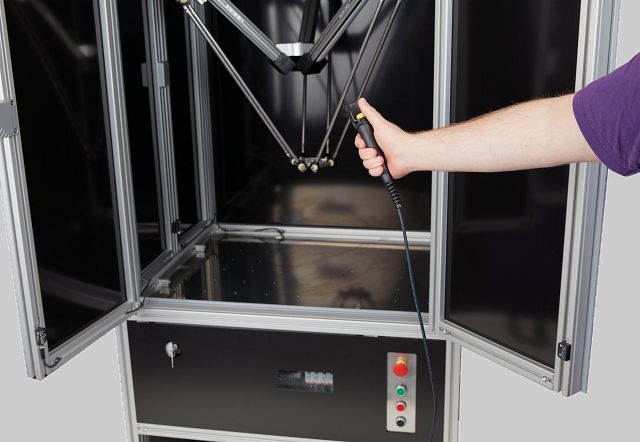
Enhance safety
Robot cells are the safest solution for implementing automation. They make it impossible for workers to come into contact with the robots while in use, which eliminates the risk of worker accidents or injuries stemming from robot contact. Cobots are a similarly safe solution, but are not as well suited for the high throughput applications robot cells are often used in.
Improved quality and consistency
Robot cells ensure high precision in repetitive tasks, maintaining uniformity in product quality. There’s less of a chance for human error given the autonomy of robot cells, resulting in fewer product defects and higher overall quality.
Cost savings
While robot cells do have a higher initial cost of implementation, in the long-run they’re able to significantly reduce overall costs. This is because of the reduced labor costs and vastly increased efficiency they offer, which over time will pay for itself many times over.
The initial investment can also be reduced significantly depending on the size of the cell and where it’s sourced. While many robot cells cost tens of thousands of dollars, if not over $100,000, options exist for as little as $12,915.
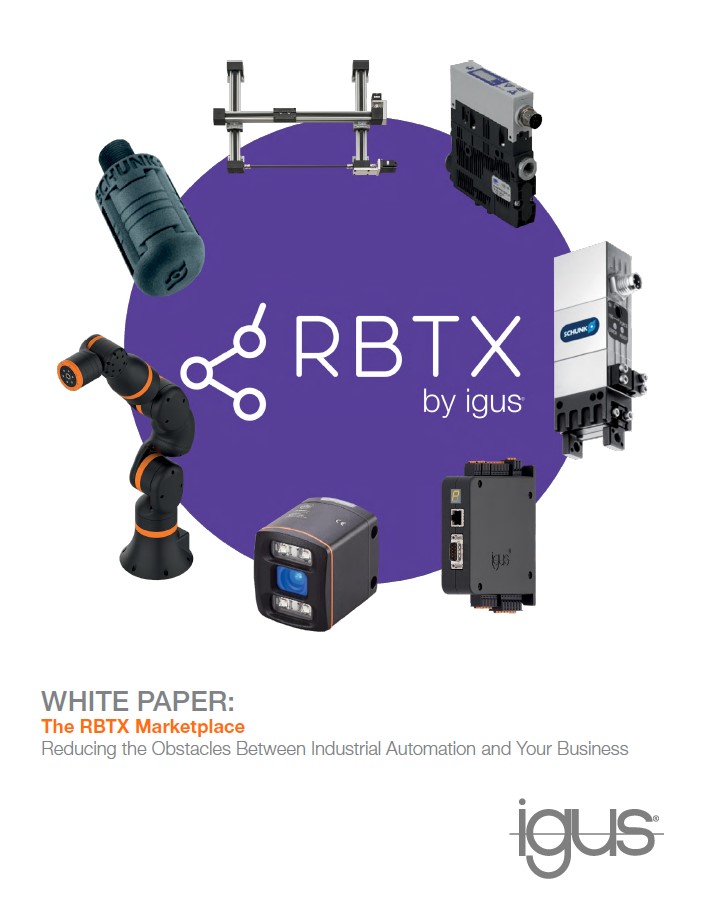
Common applications of robot cells
Not every automated process will be ideal for a robot cell. However, many applications where industrial robots are used can benefit from the implementation of a robot cell. Some of these include:
- Welding
- Painting
- Assembly
- Palletizing
- Quality control
- ...and more
The range of applications for robot cells are most commonly found in the automotive, manufacturing, warehousing, food and beverage, and aerospace industries, though this is only a portion of the possible applications and industries robot cells can be used in.
Challenges and considerations
While robot cells provide wide-ranging benefits, they have their share of implementation challenges to consider before moving forward with the implementation process.
- Initial investment: While robot cells do offer excellent ROI, the initial investment is still a hefty one. Careful financial planning may be needed depending on the size of the company.
- Management & maintenance: Skilled personnel are required to ensure smooth operation and maintenance of robot cells. This can be achieved either through thorough internal training, or with the help of an external automation expert or team.
- Integration with existing systems: Integrating a robot cell with existing production systems is often complex. To do so successfully may require additional infrastructure and software adjustments.
Conclusion
Automation is a constantly growing field, and even companies that have already embraced automation will need to continue to innovate and adopt new technology to remain at the forefront of the industry. Robot cells are one such technology, offering a level of productivity, quality, and safety that can keep businesses competitive and drive future growth.



